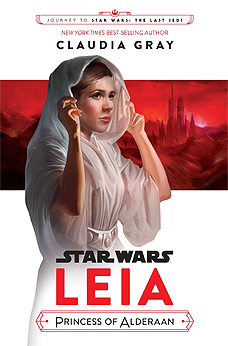 Title: Down The Dragon Hole
Title: Down The Dragon Hole
Author: Morgon Newquist
Series: The School of Spells and War #1
Rating: ****
Publisher/Copyright: Silver Empire, 2016
If you’re looking for a quick, fun read, might I suggest giving Morgon Newquist’s Down the Dragon Hole a try? It’s not a full novel, clocking in at only about forty pages, but it’s definitely entertaining and I plan to read the other four novellas currently in existence. You can find it on Amazon for $2.99 as of this writing, or you can sign up to write a review through BookSprout and get a free ARC copy if that’s your thing. (EDIT: This was a limited-time offer, apparently. I missed the chance to read the next several of these for free.) It’s possible that the couple typos and errors in word choice I ran into are fixed in the Amazon version, but I can’t verify that one way or the other.
Alis is a librarian in the magical side of the legendary School of Spells and War. It’s a quiet existence, doing what she’s good at and not putting her in any undue danger of adventure…until the day she tries to make an idiot warrior stop standing on her shelves yelling about a dragon. Not that Cahan hurt her – he’s far too honorable for that, or for her liking. It’s just that he was right. Before Alis can finish reprimanding him, the wall explodes in dragonfire. Alis and Cahan find themselves trapped, with nowhere to go but out the new hole in the wall. Now Alis is trapped outside the school (which has gone into bunker-mode) with the idiotic warrior who she grudgingly has to admit is not at fault for the dragon’s arrival. That doesn’t mean she has to be happy about his company…but with nothing better to do, she agrees to help him solve the mystery of why a dragon from the age of myth is suddenly flying around the countryside. Unfortunately, the dragon isn’t the only magical monster to return from the depths of myth…
This first entry in the series isn’t exactly groundbreaking, but it doesn’t have to be. The world the author creates here is as of yet a fairly generic fantasy world – there’s magic, but for some reason magical creatures have largely been relegated to the days of old…until now. Then there’s the school, old enough that it was the only school around when it was founded, not really needing a name and so now just referred to as the School of Spells and War. Bit of a trope, but these things are tropes for a reason. The noble warrior Cahan and the timid but surprisingly brave and capable wizard-librarian Alis are not at all static characters, as Alis especially evolves and comes out of her shell over the course of the story, but they are straight out of central casting. The dragon is pretty standard, though the Formless are less common. Maybe a D&D thing? I haven’t had the chance to explore that the way I’d like. Are all these stock elements a problem? Not for me. I expect to get to know these characters a bit more in the future chapters of their story, and like I said, tropes serve a definite purpose. I enjoyed this little romp, and I can’t wait to revisit this world.
CONTENT: No profanity that I can remember. Mild violence and peril. Mild sexual innuendo (Alis announces that she’s not having sex with Cahan immediately before agreeing to help him figure out what’s going on, for example). And in case you didn’t pick up on this, there’s magic of the standard fantasy variety, nothing remotely resembling the occult.

 Title:
Title:  Title:
Title: